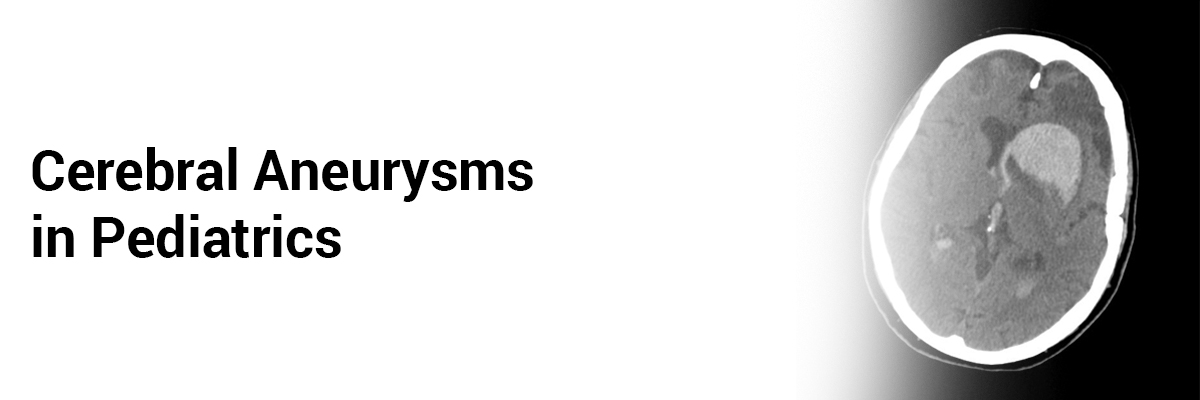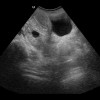
 IJCP Editorial Team
IJCP Editorial Team
Cerebral aneurysms in pediatrics: a case report
Aneurysms are associated with infections, head injuries, sickle cell anemia, cardiovascular diseases, autoimmune diseases, immunodeficiencies, and connective tissue diseases; and present as severe headache, seizures, motor-sensory deficits, and death due to subarachnoid and intraparenchymal hemorrhage.
A report describes the case of a 12-year-old female patient who complained of a sudden intense headache while at home and without exertion. She took oral paracetamol at home for the same, and developed generalized tonic-clonic seizures after 72 hours, for which was transferred to the hospital and stabilized with antiepileptics and analgesics. An emergency simple cranial tomography showed an intraparenchymal hemorrhage within the right frontal lobe and a subarachnoid hemorrhage in the interhemispheric fissure. A complementary CTA showed a 12 mm bilobed saccular aneurysm in the anterior communicating artery, for which she was evaluated by a pediatric neurosurgeon.
The patient was awake, with a tendency to somnolence, reactive isochoric pupils (3 mm), without cranial nerve involvement, and left body hemiparesis with strength 4/5. Her scores were recorded as: on the Glasgow Coma Scale, 12 points (O3, V4, M5); on the World Federation of Neurologic Surgeons scale (WFNS), grade IV; on the Hunt and Hess scale, grade 3, and on the Fisher scale, grade 4 (by tomography).
Management was determined in the Pediatric Intensive Care Unit (PICU) to secure stability, where clipping of the aneurysm was performed by right pterional craniotomy two weeks after the event. She was extubated 72 hours after the procedure and subsequently returned to the ward for continued management. A postoperative CTA was performed on day 7, which showed adequate clipping and exclusion of the aneurysm.
She was evaluated by Rheumatology, Cardiology, Neurology, Infectology, and Genetics; and underwent whole body CTA, echocardiography, bilateral renal ultrasound, and immunological tests. However, the etiology of the aneurysm can’t be identified. She got discharged on postoperative day 8 with an antiepileptic drug and resolution of symptoms. Her current follow-up documents her as asymptomatic.
SOURCE- Heredia-Gutiérrez A, Carbarín-Carbarín ME. Cerebral aneurysms in pediatrics: a case report and review of the literature. Bol Med Hosp Infant Mex. 2021;78(6):636-641. English. doi: 10.24875/BMHIM.20000406. PMID: 34934213.

IJCP Editorial Team
Comprising seasoned professionals and experts from the medical field, the IJCP editorial team is dedicated to delivering timely and accurate content and thriving to provide attention-grabbing information for the readers. What sets them apart are their diverse expertise, spanning academia, research, and clinical practice, and their dedication to upholding the highest standards of quality and integrity. With a wealth of experience and a commitment to excellence, the IJCP editorial team strives to provide valuable perspectives, the latest trends, and in-depth analyses across various medical domains, all in a way that keeps you interested and engaged.




















Please login to comment on this article